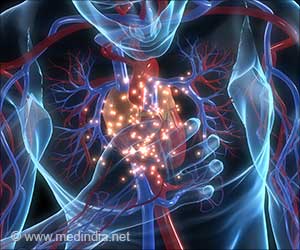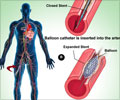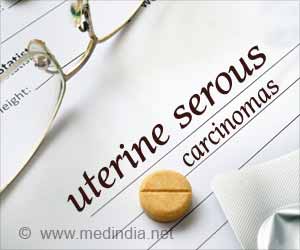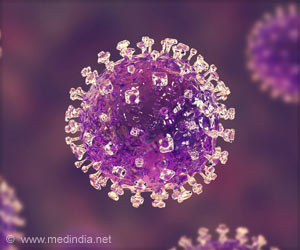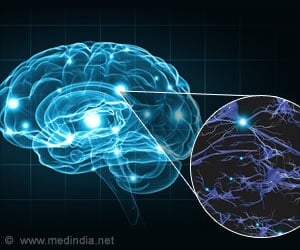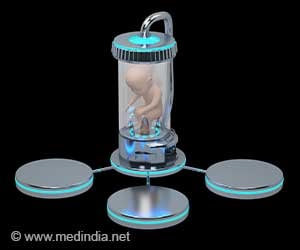
Hydrogel Could Repair Heart Muscle After Heart Attacks
Researchers hope that this hydrogel will do exactly that to fundamentally improve clinical practice. They have recently received the prestigious George Winter Award 2022 from the European Society for Biomaterials. The consortium includes seven industry and academic partners across Ireland, Spain, Belgium, Germany, Lithuania, Poland, and the Netherlands.‘Newly developed hydrogel will reduce the enormous burden that a heart attack places on society and the individual patient.’
Tweet it Now
The hydrogel solution being developed by the team is bispecific, which means that its properties or activities vary according to the specific biological molecule it interacts with. It will have enhanced adhesion to cardiac tissue and is made of a degradable biomaterial that would be administered to the patient through an intravenous, endocardial catheter.This EU funding recognizes the importance of tackling economic and personal health burdens and adds to the €70 million in EU investment generated by CÚRAM researchers during its first eight years. ELR-SCAR draws on collaborations across Western and Eastern European countries to work on the project's regulatory, manufacturing, and clinical need.
Source-Newswise



